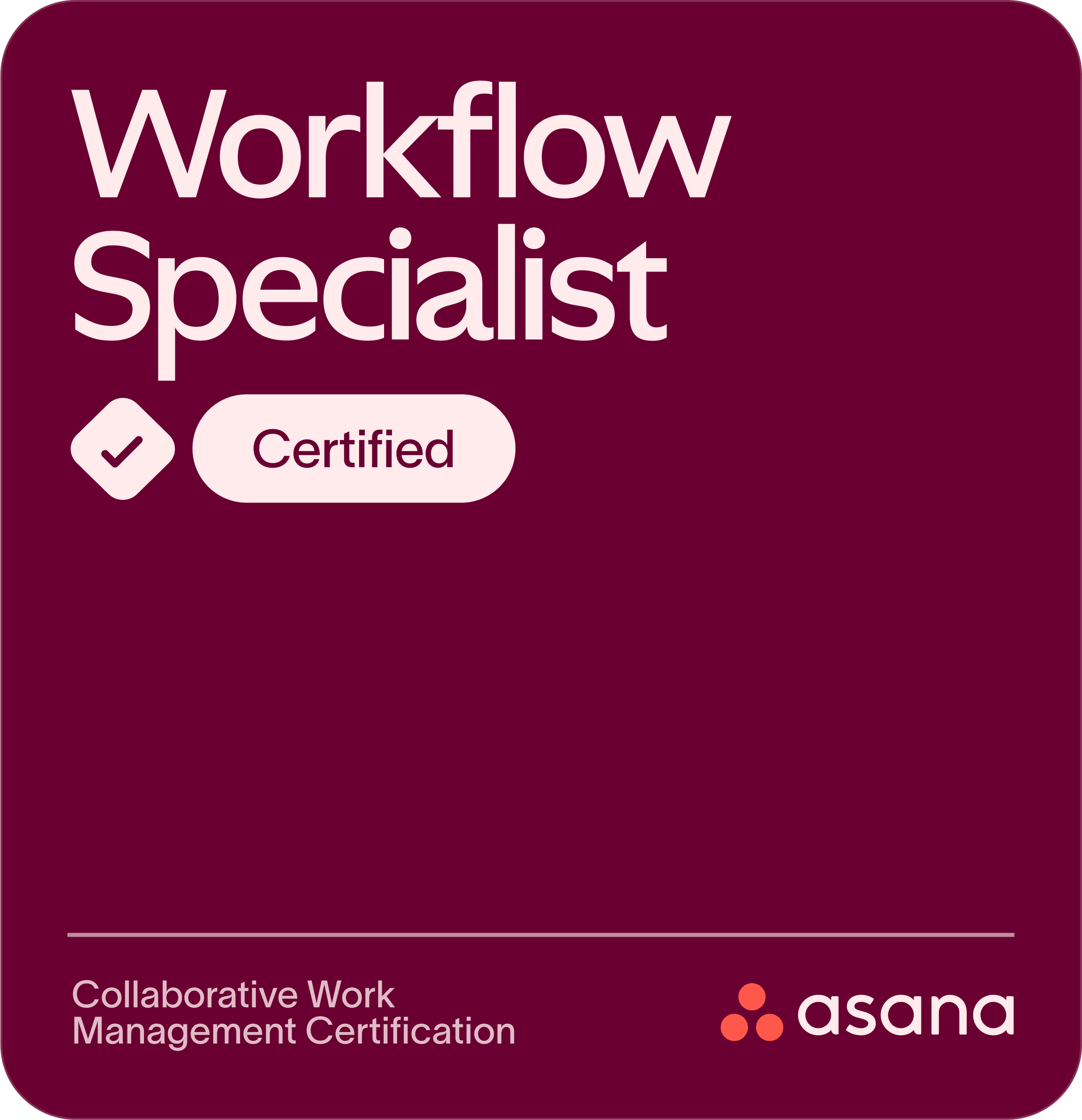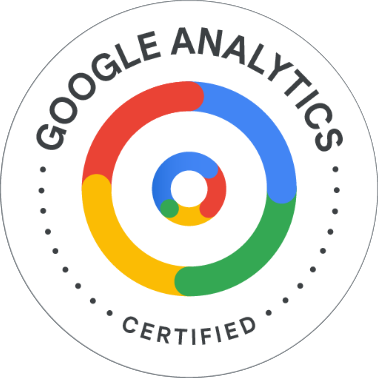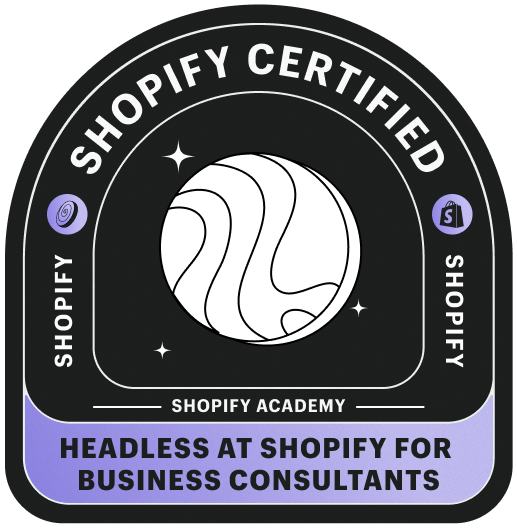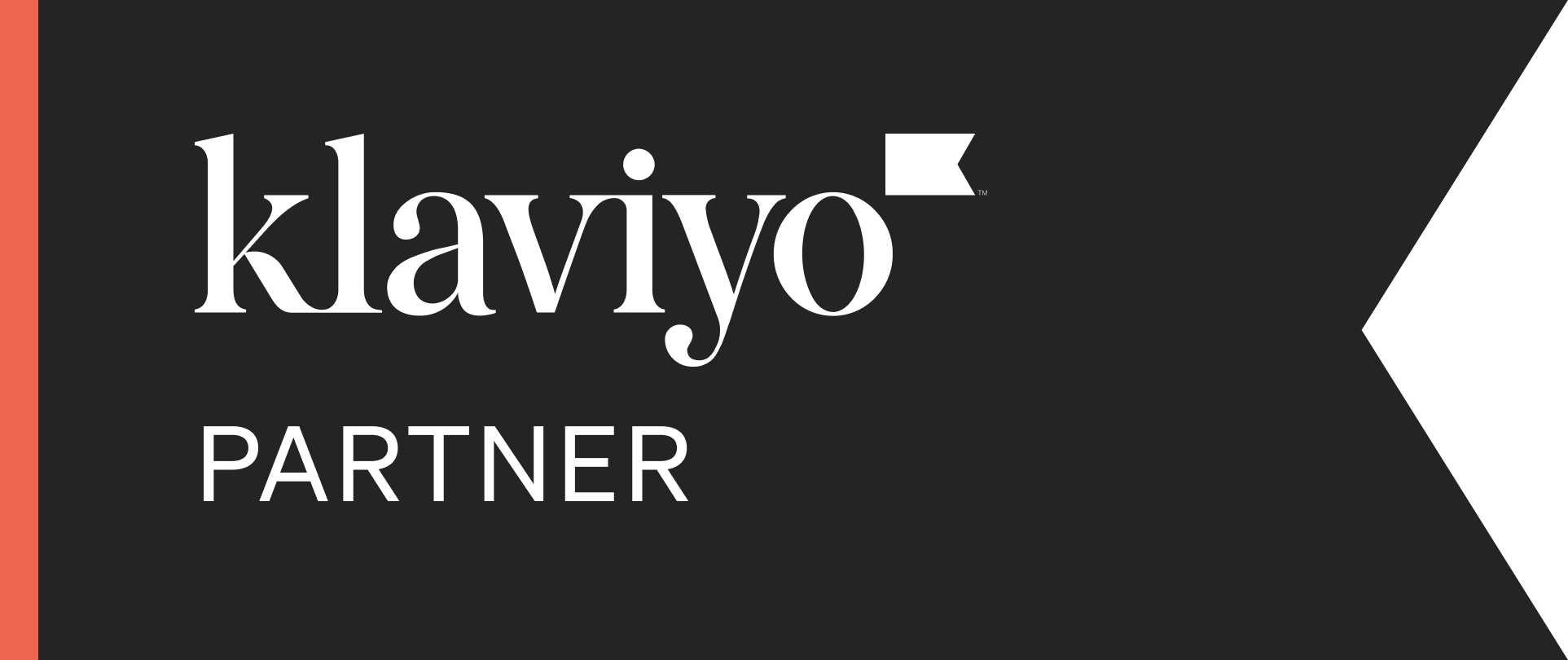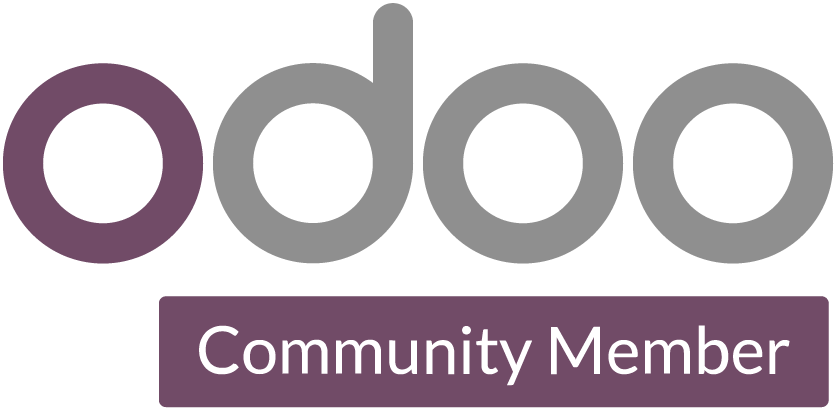As organizations embrace hybrid work models, the need for effective collaboration tools and strategies has never been more critical. This blog post delves into the changes, challenges, and considerations that come with hybrid collaboration, focusing on how businesses can leverage visual collaboration tools to enhance productivity and creativity among remote and in-office teams.
1. Understanding Hybrid Collaboration
The Shift to Hybrid Work
The transition to hybrid work has reshaped how organizations operate. With many employees preferring the flexibility of remote work, businesses must adapt their collaboration strategies to meet these evolving expectations. According to research, over 60% of Millennials and Gen Z employees prefer remote work options that utilize collaboration tools.
The Importance of Collaboration
Effective collaboration is essential for driving innovation and enhancing customer satisfaction. Engaged employees are more likely to deliver exceptional service, resulting in improved customer experiences and increased sales. Organizations must empower their teams with the right technology to facilitate seamless collaboration regardless of location.
2. Challenges of Hybrid Collaboration
Limitations of Traditional Productivity Tools
While tools like Google Docs and video conferencing platforms can facilitate collaboration, they often come with significant limitations. Communication can become fragmented, making it difficult to maintain a single source of truth and complicating workflows, especially when team members are spread across different time zones.
Managing Remote Communication
Remote collaboration can lead to feelings of isolation and disconnection among team members. With 44% of employees fearing that remote work diminishes their sense of community, organizations must prioritize inclusive communication strategies to ensure all voices are heard.
3. The Power of Visual Collaboration
Benefits of Visual Communication
Visual communication can bridge the gap between remote and in-office employees, fostering a more inclusive and engaging collaborative environment. Research shows that 65% of the population are visual learners, making visual tools essential for effective communication.
Digital Whiteboards: A Game Changer
Digital whiteboards provide an infinite canvas for brainstorming, planning, and collaboration. These tools enable teams to visualize their ideas in real-time, ensuring that everyone can contribute equally, regardless of their location.
4. Practical Applications of Digital Whiteboards
Brainstorming Sessions
Digital whiteboards simplify the brainstorming process, allowing teams to freely share ideas without the constraints of physical space. By providing a platform for real-time collaboration, these tools enable participants to contribute and refine concepts collectively.
Planning and Strategy Development
Digital whiteboards streamline the planning process by offering templates that align cross-functional teams around shared goals. This collaborative approach ensures that all perspectives are considered, leading to well-rounded strategies.
Conducting Workshops
Workshops can be made more efficient with the use of digital whiteboards. These tools allow participants to engage with prototypes and provide feedback instantaneously, fostering a collaborative environment where all team members can contribute.
Customer Journey Mapping
Digital whiteboards facilitate comprehensive customer journey mapping, enabling teams to visualize the entire customer experience. This capability allows organizations to identify friction points and optimize interactions to enhance customer satisfaction.
Creating Organization Charts
Digital whiteboards are also useful for developing organization charts, bringing together input from various stakeholders. This collaborative approach ensures that all perspectives are considered when defining team structures.
5. Case Studies: Real-World Applications
Deutsche Bank’s Transformation Journey
Deutsche Bank leveraged digital whiteboards to enhance collaboration during the pandemic. By bringing together product, design, and development teams on a single platform, they fostered seamless communication and improved workflow efficiency.
Xbox’s Collaborative Approach
The Xbox Research and Design Team utilized digital whiteboards to encourage diverse input during brainstorming sessions. This approach not only sparked creativity but also ensured that every team member had a voice in the process.
GSK’s Design Sprints
GSK adopted digital whiteboards for their design sprints, enabling global team members to collaborate effectively. This inclusive approach allowed for real-time feedback and engagement, driving innovation.
6. Best Practices for Successful Hybrid Collaboration
Remove Barriers to Collaboration
Choose collaboration tools that are user-friendly and accessible to all team members. The simpler the tool, the faster teams can adopt it, improving overall communication and collaboration.
Promote Psychological Safety
Create a culture where all team members feel comfortable sharing their ideas. Tools that encourage equal participation can help alleviate fears of judgment during discussions.
Choose Scalable Tools
Select collaboration tools that can grow with your organization. Consider how these tools integrate with existing systems and whether they can accommodate future needs.
Support Synchronous and Asynchronous Communication
Ensure that your collaboration tools facilitate both real-time and delayed communication. This flexibility allows team members to contribute on their own schedules, fostering inclusivity.
Establish a Single Source of Truth
Utilize digital whiteboards as a central hub for collaboration. By having everyone work from the same document, you can minimize miscommunication and streamline workflows.
7. Conclusion
The future of work is hybrid, and organizations must adapt to this new landscape by reimagining their collaboration strategies. By leveraging visual collaboration tools like digital whiteboards, businesses can enhance teamwork, creativity, and overall productivity. Embracing these tools is essential for fostering an engaging and inclusive workplace that meets the needs of all employees.
8. Appendix: Freehand Template Gallery
Explore a variety of templates designed to facilitate effective collaboration in your organization. From brainstorming sessions to customer journey mapping, these templates can help streamline your processes and enhance teamwork.
**
Image credit: ranganath krishnamani










